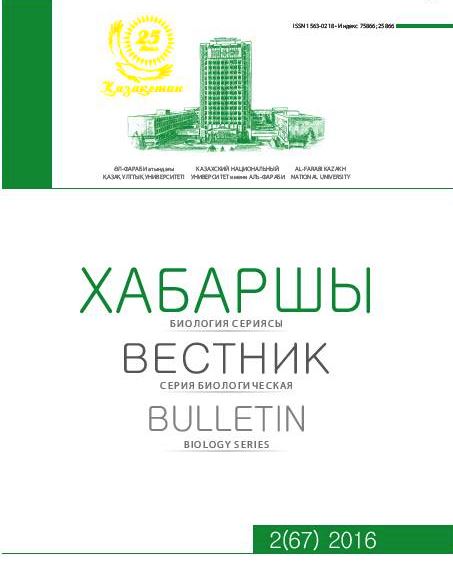Influence of different aquaculture conditions on some biochemical indices of juvenile tilapia
DOI:
https://doi.org/10.1901/kbs2016.67.2.1182Keywords:
juvenile, tilapia, microsomal fraction of liver, malon dialdehyde, alanine aminotransferase, aspartate aminotransferase, biochemical composition of the dorsal muscles,Abstract
Commercial fish farming efficiency largely depends on the condition and quality of recruits received. With modern methods of fish breeding conditions are emerging from a natural and affecting physiological condition and some biological features of fish. This, requires constant monitoring of the process of growing, evaluation of the physiological state and its adjustment. Until recently evaluated, mainly morphological and physiological, histological and hematologic indicators, however, studies of biochemical indicators are one of the main indicators of physiological status of fish. The aim of the research was to study the influence of various forage production of domestic and foreign manufacture, and growing conditions (direct and confined water) on biochemical indices of liver and muscle composition of juvenile tilapia Oreochromis. Biochemical studies conducted every 15 days, within 30 days of cultivation. It has been established that the application of domestic feed contributed to the accumulation of lipids in the liver and increased lipid peroxidation. Alanine aminotransferase activity in liver microsomal fraction was influenced by the type of cultivation. The content of common proteins in muscle tissue of juvenile tilapia also depended on the type of cultivation.












